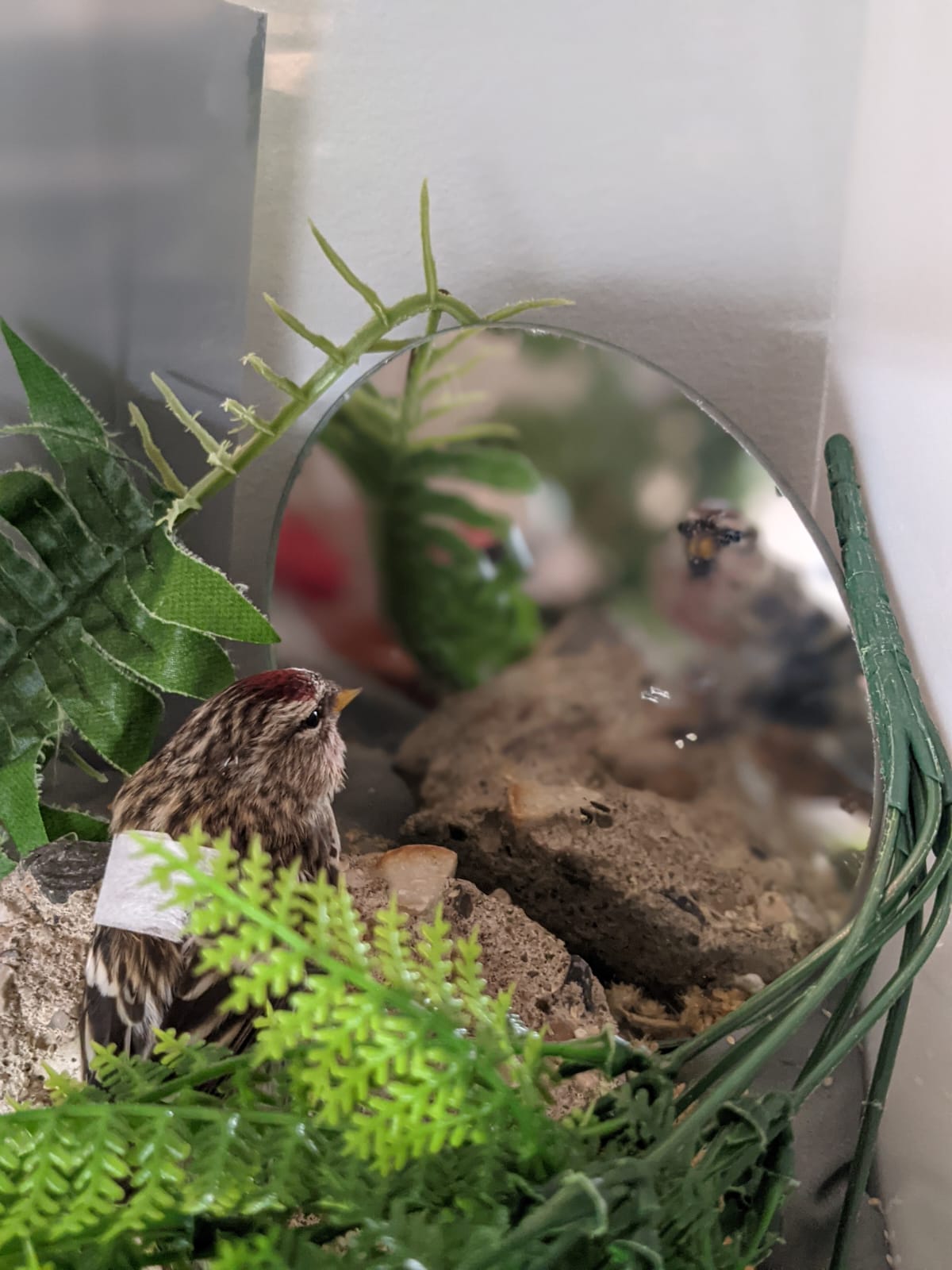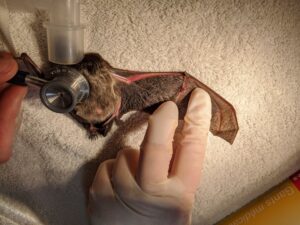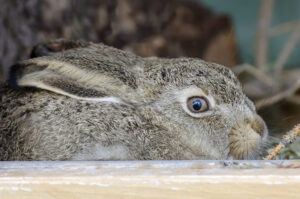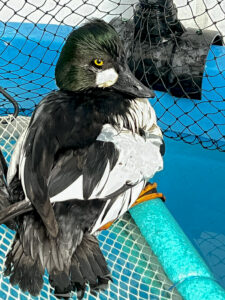By Holly Hastings
What is Migration?
Simply, migration is the seasonal movement of animals (and some human communities) between alternate sites.1 One site is usually a breeding site, and the other is for feeding. Many wildlife species travel thousands of kilometres each year around the world between these sites. Below, I will point out some fascinating Canadian wildlife that travel great distances.
But how is migration different from other types of movement? There are two key identifiers.2
- Migration happens seasonally.
- Migration involves a return journey.
Birds are probably the first animal that comes to mind when we think about migration, but many other species exhibit this fascinating behaviour as well. You’ve likely seen and heard the majestic Canadian geese depart and return throughout the year. But did you know that caribou, salmon and butterflies migrate as well?3
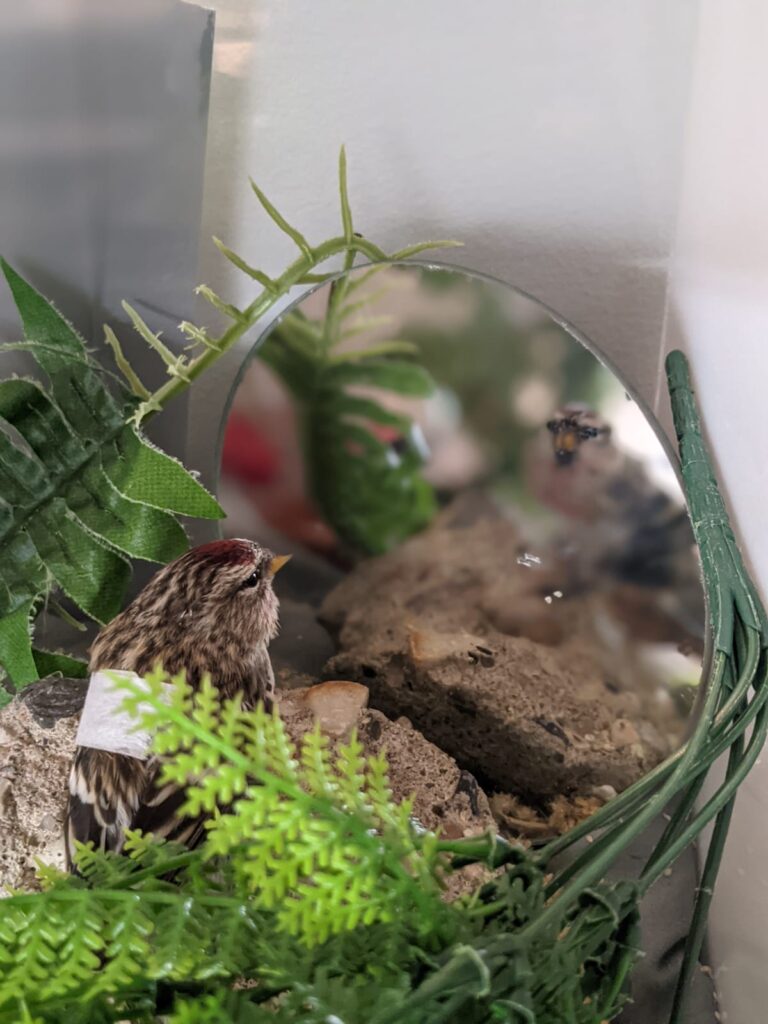
For example, many of our songbirds in Canada rely on insects as a major food source.4 During the winter, insects are not easily accessible. So, this means that many of our North American songbirds migrate south to find food, while the insects up north develop eggs and sleep under the snow. Many wildlife citizens of Canada’s national parks migrate all around the world. Below is a list of Parks Canada’s famous migrating species.5
Arctic Tern
The Arctic Tern is the true “champion traveler,” migrating 71,000 kilometres round trip and over two million kilometres per lifetime.6 This modestly sized bird breeds in the Arctic summer and takes a long trip down to Antarctica in the winter just to retrace its path again in the spring.7
Did you know that’s like flying to the moon and back 2.5 times?
Leatherback Sea Turtle
The Leatherback Sea Turtle migrates 18,000 kilometres around the world.8 Parks Canada calls them “true world travelers.”9 In the summer they can be found on Canada’s East Coast feeding on jellyfish before they head to lay their eggs on shores in the Atlantic, Pacific and Indian oceans.10 Did you know that a Leatherback Sea Turtle can weigh as much as a small car?11
North Pacific and Atlantic Humpback Whale
The North Pacific and Atlantic Humpback Whale populations migrate 10,000 kilometres round trip.12 The North Pacific population head to the warm waters of Hawaii to calve their young and then migrate up to Alaska to feed.13 The Atlantic population travels between the Artic and the Caribbean.14
Whooping Crane
Canada’s Wood Buffalo National Park (the largest in Canada, and the second largest national park in the world) sits at the top of Alberta and into the Northwest Territories.15 This park is home to the nesting site of North America’s tallest bird, the Whooping Crane.16 The Whooping Crane migrates 7,000 kilometres each fall down to Aransas National Wildlife Refuge in Texas.17
Interestingly, only 21 Whooping Cranes existed in 1941, but through Canada and America’s efforts, the species has grown to about 800.18 This makes it one of the “great species-recovery sagas in the world.”19
Monarch Butterfly
The Monarch Butterfly migrates 6,000 kilometres south.20 Interestingly, this specific migration is only seen in Canada – those of late August and September births head down to Mexico.21 This fascinating generation vastly outlives other monarchs who only live about a month (by six times).22 They use their longer lifespan to ignore the urge to reproduce, and use fat stores to make the long journey south to central Mexico’s forests.23
Caribou
Canada is home to eight major populations of barren-ground (a species designation as opposed to deer-related Caribou) Caribou that live in the North.24 You may know them under another name, our magical Reindeer. Specifically, the Porcupine herd is one of the major populations; they migrate 4,800 kilometres round trip between Northern Yukon, Northeastern Alaska and the Northwest Territories.25 They are often seen at Yukon’s Vuntut and Ivvavik National Parks. This herd traditionally calves on the coast of Alaska’s Arctic National Wildlife Refuge.26
Caribou are extremely important for many ecological reasons but vital to Indigenous culture and livelihood. Caribou populations are considered one of the most crucial issues at the moment in conservation analyses.27 Up to 50% of their population is lost every eight years!28
If you would like to read more about current Caribou conservation projects – please see an article about the University of Calgary’s Musiani Lab, which aims to research and protect these essential animals:https://thegauntlet.ca/2019/12/12/wildlife-conservation-showcase-musiani-lab/
So, the next time you see a flock of birds heading south for the winter, think of all the other animals that will be taking a similar journey around the world!
Footnotes
- Martin K. McNicholl, “Migration,” The Canadian Encyclopedia, Historica Canada, October 3, 2011, https://www.thecanadianencyclopedia.ca/en/article/migration.
- National Geographic, “Migration,” National Geographic Education, https://education.nationalgeographic.org/resource/migration/.
- Edmonton Area and Land Trust, “Here Come the Birds!,” Edmonton Area and Land Trust, April 15, 2019, https://www.ealt.ca/blog/cartoon-migration.
- Edmonton Area and Land Trust, “Here Come the Birds!.”
- Parks Canada, “Six champion travellers: Parks Canada’s longest-migrating species,” Government of Canada, November 26, 2022, https://parks.canada.ca/nature/science/especes-species/voyageurs-travellers.
- Parks Canada, “Six champion travellers.”
- Parks Canada, “Six champion travellers.”
- Parks Canada, “Six champion travellers.”
- Parks Canada, “Six champion travellers.”
- Parks Canada, “Six champion travellers.”
- Parks Canada, “Six champion travellers.”
- Parks Canada, “Six champion travellers.”
- Parks Canada, “Six champion travellers.”
- Parks Canada, “Six champion travellers.”
- Parks Canada, “Six champion travellers.”
- Parks Canada, “Six champion travellers.”
- Parks Canada, “Six champion travellers.”
- Parks Canada, “Six champion travellers.”
- Parks Canada, “Six champion travellers.”
- Parks Canada, “Six champion travellers.”
- Parks Canada, “Six champion travellers.”
- Parks Canada, “Six champion travellers.”
- Parks Canada, “Six champion travellers.”
- Parks Canada, “Six champion travellers.”
- Parks Canada, “Six champion travellers.”
- Parks Canada, “Six champion travellers.”
- Parks Canada, “Six champion travellers.”
- Holly Hastings, “Wildlife Conservation Showcase: Musiani Lab,” The Gauntlet, December 12, 2019, https://thegauntlet.ca/2019/12/12/wildlife-conservation-showcase-musiani-lab/.

